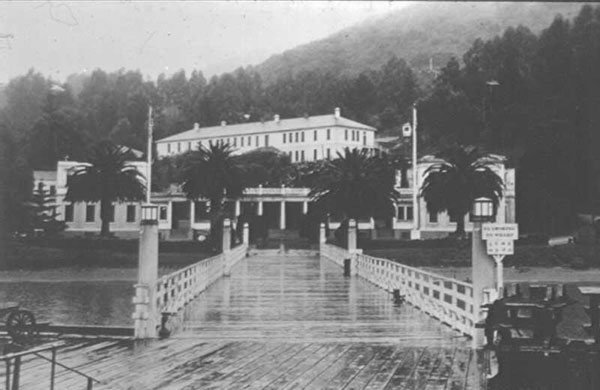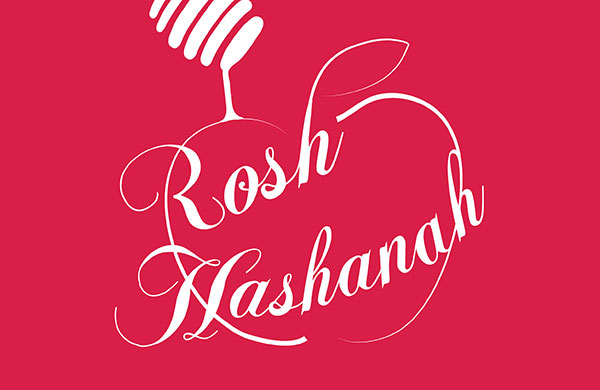
Contrary to popular belief, it was not Queen Isabella’s jewelry that enabled Columbus’s discovery of America; rather, it was Spanish Jewry! In particular it was Luis de Santangel, whose grandfather had converted from Judaism to Christianity under pressure of Spanish persecution, who lent nearly 5 million maravedis to pay for the voyage. In addition, Santangel’s influence with King Ferdinand and Queen Isabella was decisive in gaining their acceptance of Columbus’s proposals. In recognition of his assistance, Santangel was the first to hear of the historic discoveries directly in a personal letter from Columbus.
Another of Columbus’s friends was Don Isaac Abravanel, who had remained stalwart to his religion and who was one of the most distinguished biblical scholars, philosophers and statesmen of the period. He also helped to finance Columbus’s voyage, although he was not there to greet the great explorer upon his return—since Abravanel was expelled from Spain, in spite of his high position in the court of Ferdinand and Isabella.

Before the Expulsion, Abraham Zacuto was forced to leave his native Spain. Zacuto was another of Columbus’s friends. He was later named Royal Mathematician to the Portuguese royal court. There, he improved the astrolabe (early navigational instrument) and prepared greatly improved astronomical tables that were used by Columbus.
There is speculation about the number of Jews that sailed with Columbus, but it is known that his interpreter was Luis de Torres. Torres was the first European settler in the New World; he set up his own small empire in Cuba after leading an expedition into its interior and winning the friendship of the Indian ruler.
There has also been much speculation over the centuries as to whether Christopher Columbus may have been Jewish or of Jewish descent. The Encyclopedia Britannica indicates that he may have come from a Spanish-Jewish family settled in Genoa, Italy. In any case, the first words Columbus wrote in his log were: “After you expelled the Jews your majesties sent me with a fleet.”

Columbus and his Jewish friends Abravanel, Zacuto and Santangel are all pictured on a medal issued by the Jewish-American Hall of Fame to commemorate the 500th anniversary of the first meeting between Columbus and Isabella. This series of limited edition medals was launched in 1969 and today is the longest continuing series of art medals being issued in America! They can be viewed at www.amuseum.org/jahf.
The first group of 23 Sephardic Jewish settlers arrived in New Amsterdam in September 1654, following their escape from the onslaught of the Inquisition in Recife, Brazil. But they did not receive a warm welcome in Dutch New Amsterdam. Peter Stuyvesant tried to refuse haven to the penniless refugees, and protested to the Dutch West India Company against the “deceitful race” who professed an “abominable religion.”
Fortunately he was overruled, thanks to the influence of some of the directors of the Company who were Jewish. One of these pioneering immigrants was Asser Levy, who fought and won the right to participate in the citizens’ guards in 1655. After Levy also won the right to carry on trade in the community, he built a prosperous business in real estate and opened a kosher butcher shop, becoming one of the most prominent New Yorkers of the 17th century.
Probably in deference to Stuyvesant, the Jews were not permitted to build a synagogue. However, this situation changed after the surrender of New Amsterdam to the British in 1664. While there is some evidence that services were held in a private home as early as 1695, the first congregation, Shearith Israel, was organized around 1706. Circa 1730, they erected a small synagogue on Mill Lane. At this time there were only about 30 Jewish households in New York City. Historic remnants of the first synagogue can still be seen in the current building of Shearith Israel, also known as the Spanish-Portuguese Synagogue, on West 70th Street.
Haym Salomon (1740-85) and Uriah P. Levy (1792-1862) were active in military affairs during the American Revolution and the War of 1812, respectively.
In the early 1770s, Haym Salomon left his family in Poland and arrived in New York on the eve of the Revolution. When the British suspected him of spying, Salomon was arrested and confined to prison.
After his release, he prospered and was financially helpful to Alexander Hamilton and James Madison. In 1782, Madison acknowledged the “kindness of our little friend in Front Street, whose assistance will preserve me from extremities but I never resort to it without great mortification, as he obstinately rejects all recompense.” When Haym Salomon died in January 1785, he held $353,000, largely in depreciated certificates of indebtedness and continental currency—all virtually worthless.
Uriah Phillips Levy was born in 1792 in Philadelphia; he was barely 14-years-old when he embarked on his naval career by signing on as a cabin boy. Seven years later he volunteered for service in the United States Navy during the War of 1812, as “proof of love to my country.” The next year, he was captured and imprisoned by the British until the end of the war. In the years following, he faced persecution from many naval officers, he had to defend himself in a duel, and was subjected to a total of six courts-martial—all instigated by anti-Semitism. His singular efforts led to the abolishment of the barbarous punishment of flogging in the US Navy. He purchased Thomas Jefferson’s former home when it was in ruin, and after his death in 1862, his will directed that Monticello be left to the people of the United States.
Educator and philanthropist Rebecca Gratz (1781-1869) lived into her 80s but poetess Emma Lazarus (1849-87) died while in her late 30s and never saw her famous poem engraved on the site of the Statue of Liberty.
Rebecca Gratz was a founder of the Philadelphia Orphan Society, and perhaps her most significant accomplishment was the founding of the Hebrew Sunday School Society. In 1883, a Pedestal Art Loan Exhibition was held to raise funds for the Statue of Liberty’s pedestal. Walt Whitman, Mark Twain and others contributed original manuscripts, but the highest bid of $1,500 was received for a sonnet titled The New Colossus, written just a few days earlier by young Emma Lazarus, that included the immortal words: “Give me your tired, your poor, your huddled masses yearning to breathe free. The wretched refuse of your teeming shore, send these, the homeless, tempest-tossed to me. I lift my lamp beside the golden door.”
Gershom Mendes Seixas (1745-1816) and Judah Touro (1775-1854) are associated with the Spanish-Portuguese Synagogue in New York and the Touro Synagogue in Newport, respectively. In late August, 1776, when news came that the British were approaching New York, Rabbi Gershom Mendes Seixas of Congregation Shearith Israel decided to close the synagogue rather than keep it open under British rule.
Isaac Touro, native of Holland, was appointed hazan of Yeshuat Israel Congregation, even before construction began in 1759. He served as spiritual leader until the British occupied Newport in December 1776. His son, Judah, sought his fortune in New Orleans, where he prospered as a merchant. He served as a volunteer in the American Army at the Battle of New Orleans (1815), where he was severely wounded. In his will, Judah Touro donated generously to congregations, schools and other Jewish institutions in 17 cities throughout America, including $10,000 to the Congregation in Newport, henceforth known as the Touro Synagogue.
Benjamin Cardozo (1870-1938) became the second Jewish Supreme Court Justice when he was appointed in 1932 by President Hoover. Cardozo is particularly noted for his original thinking as expounded in his books, where he emphasized that a judge had to look beyond the legal authorities to meet responsibility to those seeking justice. He was a bulwark in defense of New Deal legislation, ruling in favor of the constitutionality of important programs such as social security and old-age pensions.
_____________
For further reading, The Grandees by Stephen Birmingham is highly recommended.
_____________
Mel Wacks is the founder of the Jewish-American Hall of Fame. The Jewish-American Hall of Fame website provides educational resources, encyclopedic reference material about Jewish Americans as well as links to other resources.



